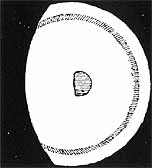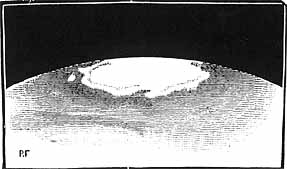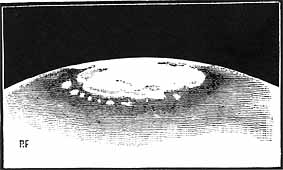















|





Ley's long-time friend and fellow proponent of interplanetary travel, Wernher von Braun, presented one of the earliest technical discussions describing how Earthlings might travel to Mars. During the "desert years"....

The planets, of course, were desirable targets for space exploration, but the realities of the emerging space race with the Soviet Union made the moon a more attractive goal politically for the late 1960s. In 1958, Stever's group did not think it would be possible to send a 2250-kilogram probe to Mars for at least a decade: it would be that long before the fourth-generation launch vehicle necessary for such a payload was ready. A manned mission to Mars or Venus was not projected to occur before 1977.
| |||
|
| |||
|
|
|
|
|
|
1 |
|
|
I |
|
2 |
|
|
II |
|
3 |
|
|
II |
|
4 |
|
|
II |
|
5 |
|
|
|
|
6 |
|
|
II and/or III |
|
7 |
|
|
II and/or III |
|
8 |
|
|
II and/or III |
|
9 |
|
|
II and/or III |
|
10 |
|
|
II and/or III |
|
11 |
|
|
III |
|
12 |
|
|
III |
|
13 |
|
|
III |
|
14 |
Sept.1961 |
|
IV |
|
15 |
|
|
III |
|
16 |
|
|
III |
|
17 |
|
|
IV |
|
18 |
|
|
IV |
|
19 |
|
|
IV |
|
20 |
|
|
IV |
|
21 |
|
|
IV |
|
22 |
|
|
IV |
|
23 |
|
|
IV |
|
24 |
|
|
IV |
|
25 |
|
|
IV |
|
26 |
Sept. 1967 |
|
IV |
|
27 |
1972 |
Large scientific moon expedition |
V |
|
28 |
1973/1974 |
Establishment of permanent moon base |
V |
|
29 |
1977 |
First manned expedition to a planet |
V |
|
30 |
1980 |
Second manned expedition to a planet |
V |